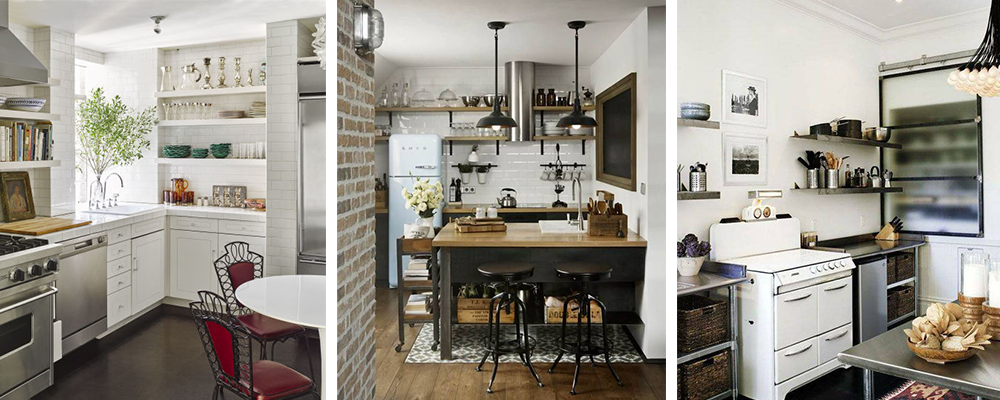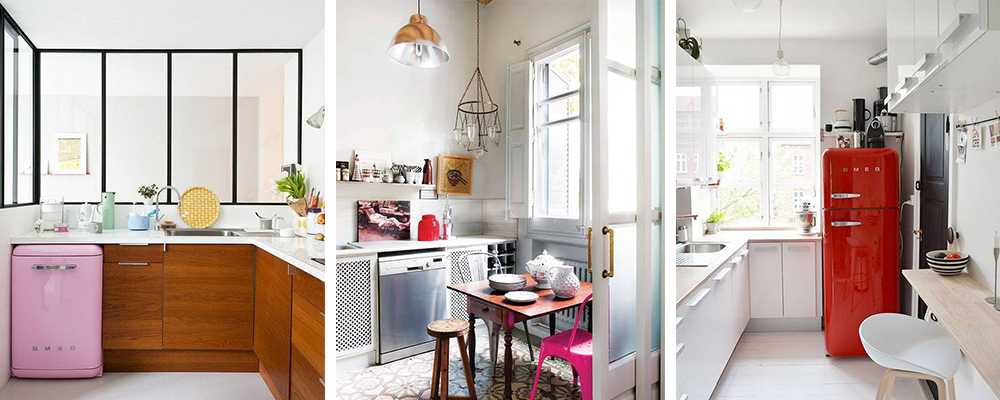If your lawn maintenance is taking up too much time and effort, maybe it’s time to get a synthetic lawn. You will save on water, fertilisers and a whole lot of sweat!
What is synthetic grass?
Synthetic grass is made up of small green synthetic fibres designed and manufactured to replicate the feel and look of real grass. The synthetic grass is “rooted” into a matting that’s manufactured from sand and rubber, giving it a soft, springy feeling underfoot.
Synthetic grass requires very little maintenance after installation, and you never need to worry about mowing, fertilising or watering it. All you have to do from time to time is rake, vacuum, wash and sanitise it. Since you don’t need to buy lawn products, it’s substantially cheaper to maintain than real grass.

Benefits of artificial grass
It requires no water
For anyone who wants to minimise monthly water consumption and still have a green lawn, a synthetic grass lawn is a great solution. Unlike other lawns, a synthetic grass lawn does not require any water–ever.
This type of alternative lawn can save you an enormous amount of water every year.
It is low maintenance
Homeowners love to enjoy their lawns on a nice sunny day, but most of them do not want to have to put in too many man hours to maintain that traditional lawn. One of the biggest benefits of having synthetic grass is that you do not need to spend the same amount of time taking care of it. As a matter of fact, all you really need to do is pick up any large debris and sweep it off whenever it gets too messy. No longer will you have to mow, fertilise, or maintain a sprinkler system.
It always looks great
If you have ever had trouble keeping your lawn green and spots filled in, you will appreciate the fact that a synthetic grass lawn can maintain its great looks for up to 20 years. Whenever a drought comes around, your lawn will remain as green as the day you installed it, even while your neighbours shake their heads over their skyrocketing water bills and yellowing grass.
Reducing water means saving money
Depending on where they live, most homeowners save as much as 70,000 litres of water every year after installing synthetic grass. According to studies on the matter, the average lawn at a size of 50m squared will use about 30,000 litres every year. The hotter your climate, the more water you’ll be using, even if you restrict all your watering to the middle of the night. Numbers like these mean that you’re spending hundreds of dollars in a single year just to keep your grass green. Just think of how much money that is over the lifetime of your lawn! With synthetic grass, you’ll never have to worry about it again, and you’ll watch your water bill slowly dwindle down to almost nothing.
It suits the whole family
Finally, a great added benefit of having synthetic grass is that it is perfect for all members of the family. On top of the reduced maintenance, synthetic grass provides a soft enough underfoot surface to allow even the smallest children to play freely without worry. In addition, because the grass itself is mounted with both rubber and sand, even the adults will be able to enjoy the synthetic grass for a long period of time, such as on the weekend or while barbecuing with friends. One of the things that the newer generation of synthetic grass lawns offers is the ability for it to be in the direct heat of the sun and not get too hot to the touch.

Negatives of synthetic grass
If you’re eco-conscious, you need to know that the process of manufacturing synthetic grass produces carbon dioxide and uses up a lot of energy. In addition, your synthetic grass will need to be replaced at some point, and once it wears out, its thrown into a landfill. It also has underlays that may be virtually impossible to recycle.
Another downside is that synthetic grass gets and stays hotter during the summer, making it more uncomfortable. In addition, as the years progress it can develop gashes and mats that greatly affect its cosmetic appearance and usability.
What synthetic grass is right for you?
Synthetic grass is actually far superior to its natural counterpart. Made from high-tech materials, synthetic grass is very resistant to weathering and UV rays, ensuring that it won’t fade over time or deteriorate. You would obviously want something that closely resembles real grass, so here are some factors to consider when deciding the right synthetic grass for your yard.
Synthetic grass colour
Remember the glaring green Astroturf from years gone by? Today, you have so many more shades of synthetic grass to choose from, so that your garden looks as natural as possible. You can even find some types of synthetic grass having dried blades mixed in with the green ones, for a super-realistic look.
Synthetic grass type
You will see synthetic grass blades of varying lengths and widths, copying the natural grass varieties. It is advisable to opt for a type of grass that can be seen in most yards in your neighbourhood, so that your lawn blends in well with the surroundings and looks more authentic for the type of climate and soil in your region.
Synthetic grass softness
Do you need the lawn to feel firm beneath your feet, or would you prefer it to be soft and bouncy? The answer to this question may depend on how often you use the lawn, and whether your family consists of kids and pets. Bear in mind that a springy lawn does not heat up as easily as a hard surface.
Synthetic grass durability
You will also need good warranty for your synthetic grass, preferably lasting 10 years or more. The turf itself should retain its fresh look for at least 20 years, after which most varieties will start showing signs of wear. The installation technique makes a big difference to the durability, look and feel of a synthetic grass lawn, so make sure you deal with a renowned artificial lawn specialist.
Having deliberated on the several outdoor synthetic surfaces, you are now ready to get an artificial lawn for your home and a new lifestyle for yourself. Without having to water and mow the lawn, and apply fertilisers regularly, you will have much more time on your hands. The best part is that your grass will always look great, bringing compliments from one and all. Considering how long this lawn surface is expected to last, the initial cost of the synthetic grass and its installation will pay itself out eventually.


















